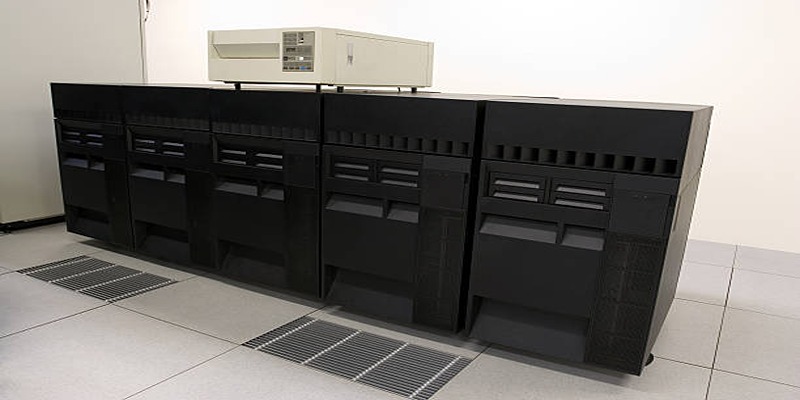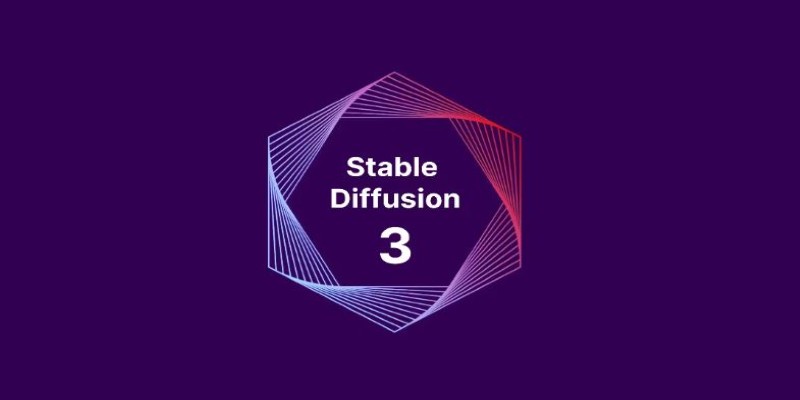Advertisement
When you first start working with SQL, most of your time goes into pulling data from a single table. You write a simple SELECT statement, apply a few filters, and get exactly what you need. However, as your projects grow more complex, it becomes clear that not all the information is neatly stored in one place. Often, the data you need is spread across multiple tables, each holding a piece of the puzzle. Instead of reworking or duplicating queries, SQL provides a clean solution: the UNION operator. It allows you to bring together similar datasets from different sources, merging them into one unified result set. Whether you're building reports or cleaning up data, UNION helps keep things efficient and structured — with minimal hassle.
Think about a stack of cards. One deck has red cards, and another has blue cards. If you wanted to put them together into one big deck, you’d simply stack them. That’s what UNION does with your query results.
The UNION operator allows you to combine the results of two or more SELECT statements into a single set. But there’s a small rule to follow: each SELECT must return the same number of columns, and the data types must line up. If the first query gives you three columns — let’s say name, age, and city — the second one must do the same.
Here’s the basic structure:
sql
CopyEdit
SELECT column1, column2 FROM table1
UNION
SELECT column1, column2 FROM table2;
That’s it. No magic tricks or complicated steps.
When SQL processes a UNION, it first runs each SELECT query individually. It then combines the results, removing any duplicate rows by default. That’s right — if two rows from different queries are identical, you’ll only see one copy in your final result.

If you want to keep every duplicate (because sometimes, duplicates tell their own story), you can use UNION ALL instead. This version does exactly what it sounds like — it keeps everything, no questions asked.
Let’s say you have two tables: employees_current and employees_former. You want one list that shows everyone's name and position, whether they still work at the company or not.
sql
CopyEdit
SELECT name, position FROM employees_current
UNION
SELECT name, position FROM employees_former;
Or maybe you want to combine customer contacts from two regions:
sql
CopyEdit
SELECT phone_number FROM east_region_customers
UNION ALL
SELECT phone_number FROM west_region_customers;
Notice here we used UNION ALL because we want every contact, even if the same person is in both regions.
There’s no question that UNION is helpful, but it’s not the right fit for every situation.
A simple way to think about it: if you're stacking data on top of each other, UNION is your friend. If you're lining data side-by-side to connect details, look at JOINs.
Using UNION isn’t difficult, but there are a few simple habits that can make your work smoother and your queries more reliable.
Before you stack your datasets together, check the columns. Make sure they match in number and make sense logically. You don't want to pair a customer's name from one table with a transaction date from another. They should line up both in structure and in meaning.

When you combine datasets, especially from different sources, things can get messy fast. Giving columns easy-to-read aliases helps you — and anyone else who reads your SQL — understand what's going on at a glance.
Example:
sql
CopyEdit
SELECT name AS person_name, city AS hometown FROM employees
UNION
SELECT full_name AS person_name, residence AS hometown FROM clients;
Now, no matter which table the data came from, it feels organized.
SQL can be forgiving sometimes, but mixing wildly different data types across your UNIONed queries can throw errors. An integer and a decimal might get along. A text field and a date? Not so much. If you run into issues, try using conversion functions like CAST() or CONVERT() to get everything speaking the same language.
Even though SQL cares about the order of columns, not the names, keeping your column names consistent helps anyone reading your query understand it faster. It also avoids confusion when someone else needs to modify your work later on.
Example:
sql
CopyEdit
SELECT id AS user_id, email FROM users
UNION
SELECT id AS user_id, email FROM subscribers;
Both queries use the same column names, making the output much easier to work with.
SQL UNION is like the missing piece that lets you combine different bits of data into one organized list. It's simple to learn but opens up a lot of possibilities once you start using it. Whether you're working with current and former employees, customers from different regions, or merging similar records from separate systems, UNION helps simplify what could otherwise be a complex task. Just remember to line up your columns, choose between UNION and UNION ALL wisely, and use clear aliases to keep things readable. With a little practice, UNION becomes second nature in your SQL toolkit.
Advertisement

The IBM z15 empowers businesses with cutting-edge capabilities for hybrid cloud integration, data efficiency, and scalable performance, ensuring optimal solutions for modern enterprises.

How Georgia Tech is transforming supply chain management with AI through education, research, and partnerships, creating smarter and more resilient global networks

Curious how Stable Diffusion 3 improves your art and design work? Learn how smarter prompts, better details, and consistent outputs are changing the game

How can machines better understand videos? Explore how X-CLIP integrates video and language to offer smarter video recognition, action recognition, and text-to-video search

Follow these essential steps to build a clean AI data set using Getty Images for effective and accurate machine learning models

Build scalable AI models with the Couchbase AI technology platform. Enterprise AI development solutions for real-time insights

An exploration of Cerebras' advancements in AI hardware, its potential impact on the industry, and how it challenges established competitors like Nvidia.

Learn how to make your custom Python objects behave like built-in types with operator overloading. Master the essential methods for +, -, ==, and more in Python

Starting with databases? Learn how SQL CREATE TABLE works, how to manage columns, add constraints, and avoid common mistakes when building tables

Looking for a solid text-to-speech engine without the price tag? Here are 10 open-source TTS tools that actually work—and one easy guide to get you started

Work doesn’t have to be a grind. Discover how CrewAI and Groq help you design agentic workflows that think, adapt, and deliver—freeing you up for bigger wins

Think picking the right algorithm is enough? Learn how tuning hyperparameters unlocks faster, stronger, and more accurate machine learning models